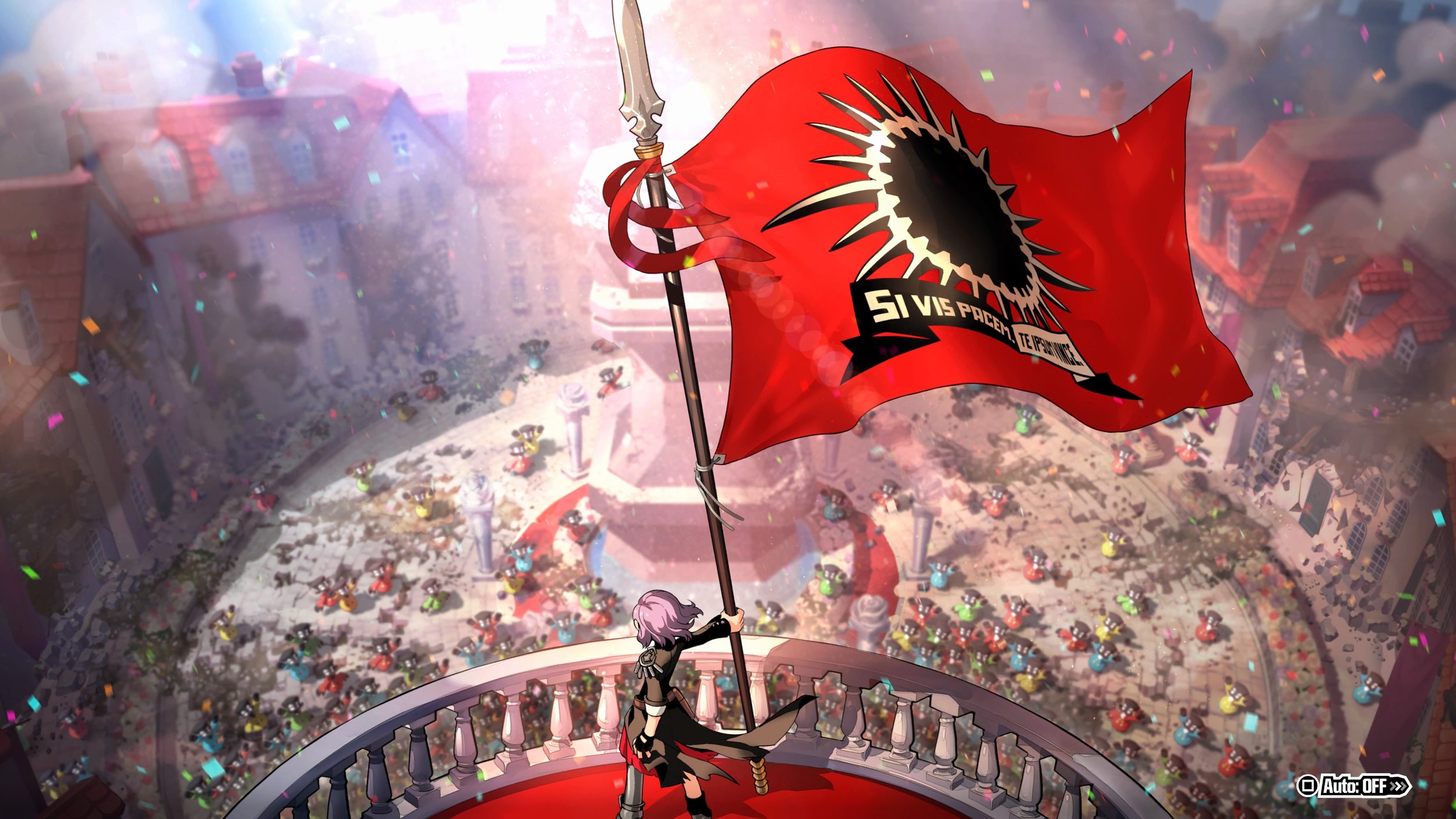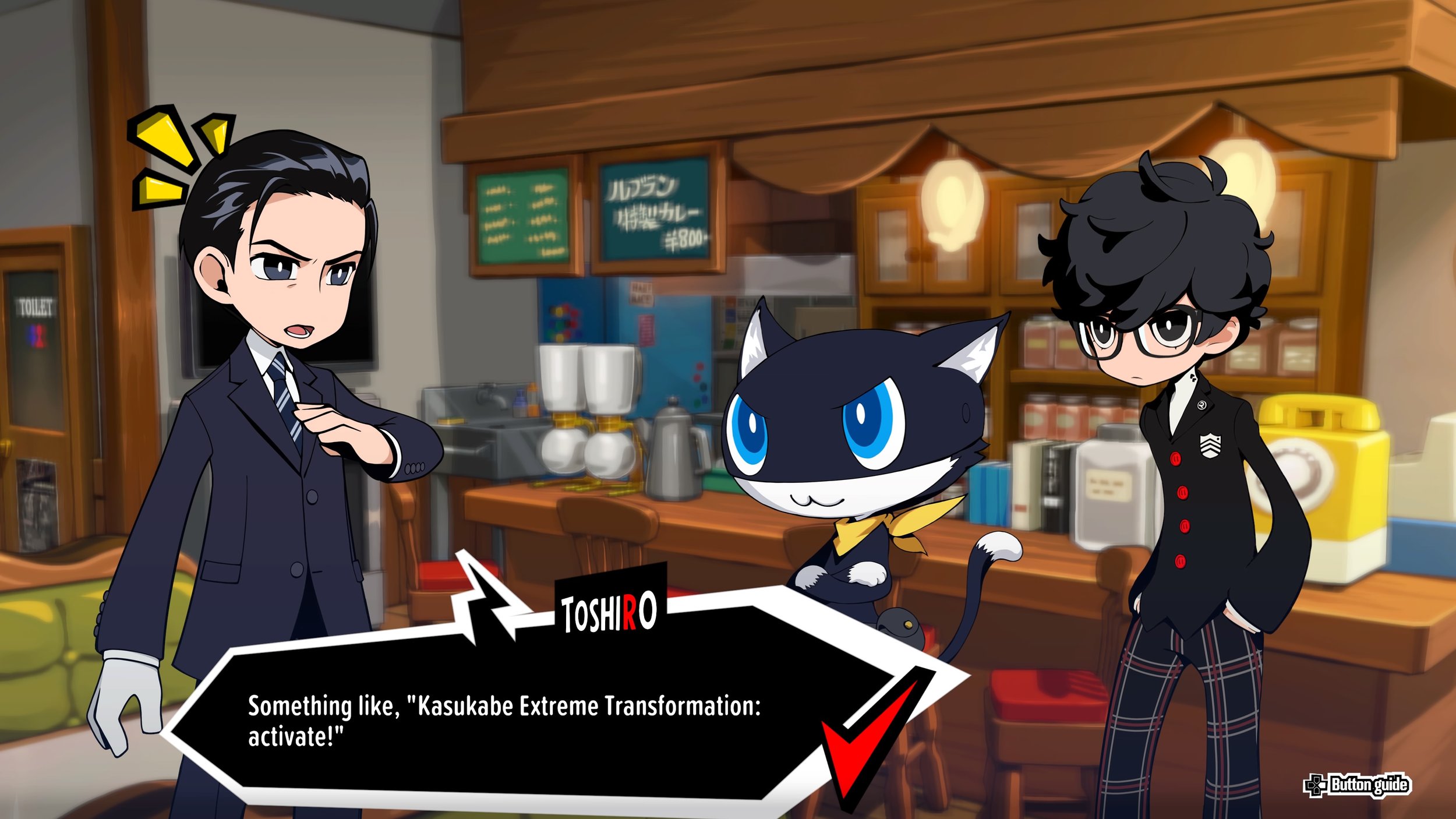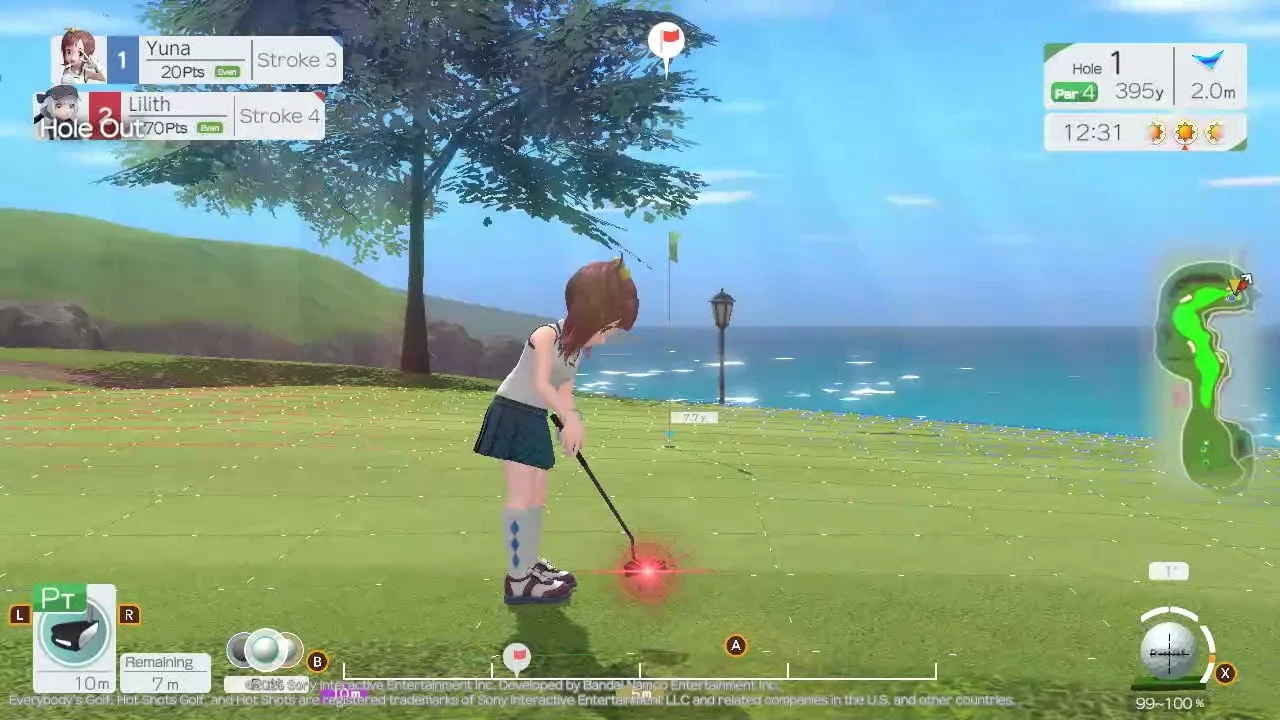Persona 5 Tactica Review - Just for the Fans
/Persona 5 Tactica is the latest spin-off title for the wildly-successful JRPG Persona 5. It’s been so well-received worldwide that we’re now on the second spin-off title, one that brings the Phantom Thieves back for a new adventure. Tactica is another twist to the Persona 5 formula as Atlus converted Persona into a turned-based strategy game. It’s not even close to being as good as the original game, as this feels more like a title aimed at giving the hardcore fans more of the group they adore, and in that regard, they’ve succeeded.
These recent spin-off Persona titles seem to indicate that the studio is testing the limits of the franchise beyond its original format while minimizing financial risk. Persona 5 Strikers was an action RPG road-trip adventure that I enjoyed more than Tactica from a gameplay perspective, but Tactica has a more satisfying and focused narrative. There are pros and cons to these games, and unique traits that make them more than just cash grabs - they seem more like a true attempt to expand the franchise's potential to reach a wider audience.
Atlus went beyond its comfort zone with Persona 5 Tactica, as it sports a chibi-like art style, featuring redesigns of the original characters with storytelling done through a series of dialogues. Sometimes it felt like I was going through a short visual novel with combat sprinkled in between each scene. The Phantom Thieves are preparing themselves for their eventual graduation from school, until they’re unexpectedly transported into an unknown world, along with their abilities and outfits now returning. Though some aspects are familiar to the gang, many things have changed, and the game sets them on a familiar adventure to uncover the truth of multiple worlds closely tied together, joining rebel groups that oppose the rulers of each Kingdom.
The plot this time around felt more like a long DLC storyline that was more personal and focused. Everything revolves around the main story, so fans who’ve already sunk their teeth into previous Persona 5 games won’t get much new character growth for The Phantom Thieves. The narrative is solely focused on the new characters Erina and Toshiro, making this quest feel like a long filler arc meant to justify more of the same without progressing any major beats forward.
Honestly, this was a joy to me, because newcomers Erina and Toshiro jived well with the original cast. I preferred this story to Persona 5 Strikers. It started out slow, but unraveled quite nicely nearing the final act. This would be a more valuable addition to the series if we got to see new sides of the original cast, but sadly, we didn’t get any of that, nor did we get any more context of how the cast fare in the real world post-Persona 5 and Persona 5 Strikers.
More puzzle than combat
Persona 5 Tactica’s combat is commendable as Atlus was able to convert the key elements of Persona 5’s identity into a turn-based strategy combat system with the use of Personas and the Triple Threat Attack system. What they did was simply make the combat feel more like a puzzle rather than a battle of attrition, as you can only bring three characters into a level. You are always outnumbered, so players must plan out and extend each character's turn to achieve the best value before handing the turn over to the other side.
Like in XCOM, positioning and cover are all-important. Characters hit while outside cover will give the attacker an extra move, so it’s all about giving your fighter as many extra moves as possible and hopefully taking out multiple enemies in one fell swoop. It was fun going through Tactica’s puzzle-like nature as each stage had me figuring out how to win within the least amount of turns for greater rewards. Some levels allow you to alter the environment and take advantage of the higher ground, or provide unique skills that let you, say, pull or push enemies out of cover. The great level designs help the combat to not necessarily become harder the further you progress in the main story, but you’ll play increasingly smarter as they introduce new elements to spice up each level.
Figuring out the most effective use of each character’s turn isn’t that hard, and combat is fairly easy even on Harder difficulties, enough that I’ll complete a level 2-3 turns earlier than expected. I even turned the notch up just a little more to feel the change, so for those who aren’t well-versed in similar games or prefer a harder challenge right off the bat, the game is nice enough to offer various difficulty options. The real culprit for the game’s ease is the Triple Threat Attack, which involves performing a group attack on a downed enemy surrounded by your team. Essentially, if you position your team around a group of enemies and near a downed enemy, everyone surrounded by your team will get hit by the team attack, which does significant damage - most of the time, this is the tide-turner in nearly all battles.
There are side quests to distract you from the main narrative and these distractions are true puzzle stages that test a player’s knowledge of certain mechanics and their understanding of a character’s strengths as these stages mostly require you to achieve success in one turn. These were surprisingly well-thought-out and fun to decipher and I did go out of my way to try them out, despite the rewards not being enticing enough.
Progression isn’t all that exciting
Progression is probably the most lackluster feature in Persona 5 Tactica, as upgrades and skills feel basic. The elemental abilities that come from each Persona now provide effects, such as wind attacks pushing enemies back, psychic damage pulling them to you, ice freezing, and so on. Elemental attacks don’t hit harder depending on the elemental type of the enemy, so improving these skills in the skill tree simply expands the range and damage of said skills. Then, the skill trees simply improve the characters with longer range, more movement, and so on. There’s nothing to greatly change one's effectiveness in battle - they’re really just improvements to keep their actions relevant to future encounters.
This is also evident in weapons you can equip, as I slowly focused on making sure I had the higher damage number rather than relying on elemental effects which unlock later on in the game. Joker isn’t the only one who can pair up with different Personas now, as every member of the Phantom Thieves can now equip a Sub-Persona to gain additional stats, abilities, and passives. While a cool concept, this is another mechanic that didn’t have much depth, as I just made sure that the Personas available were not behind, level-wise.
It is commendable that Atlus was able to convert the Persona 5 formula and make it work within a completely different genre not once, but twice. If I’m comparing Persona 5 Tactica against the original game and the other spin-off, it’s my least favorite of the bunch, but the effort didn’t feel like an afterthought, as the story, character designs, and level designs make it an entertaining strategy game for those already well-versed in the Persona 5 world. On the other hand, it’s not something I greatly recommend as it feels like a bonus to the fans that have stuck around for this long, but maybe it’s time Atlus looked to the future instead of looking back.
Verdict: 3/5 (Great)
*We’ve recently changed our review score format from a 10-score rating to a 5-score rating. You can check out the definition of the new review score system on our About Us page.
PROS
Toshiro and Erina are great additions that jive well with the original cast
Smart level design from start to finish
Well-thought-out conversion of the Persona 5 formula to turn-based-strategy
CONS
Progression is pretty straightforward and at times, unforgettable
While the story is fun, it generally feels like a big filler arc that doesn’t add to the overall picture of the Persona 5 franchise
What I’ve Played
Finished the main story at the 28 hour mark
Did almost all side quests
*This review is based on a PS5 code provided by the publisher










If you can get past Once Upon A Katamari's sticky controls and a general sense of deja vu, the many time periods, customizable cousins, unique challenges, and features make even a decades-old formula feel fresh again.